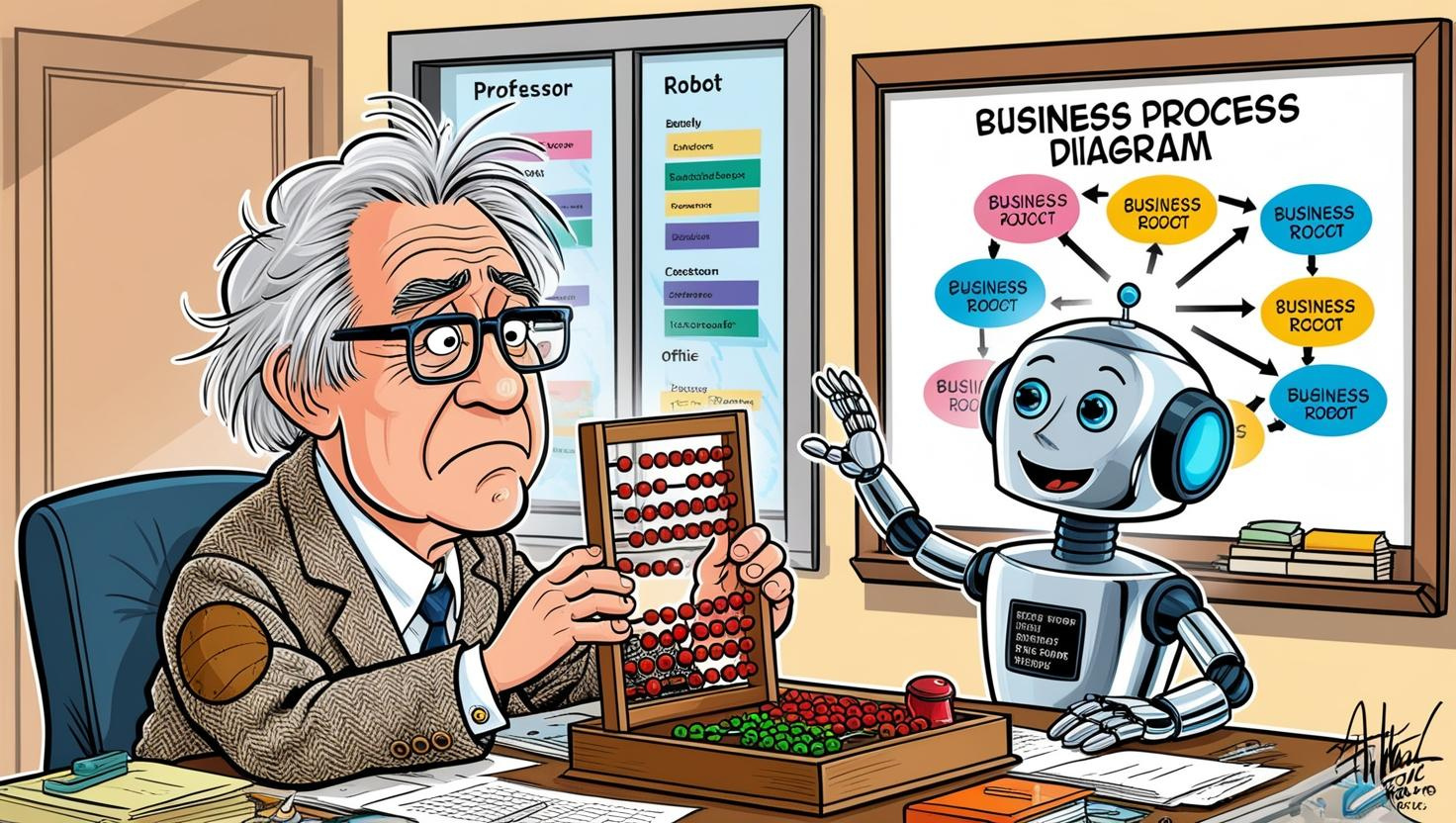
Businesses now face a stark reality: if they want to integrate AI agents and no-code/low code automation tools like Make and Zapier, they must first map out their workflows with precision. Without a clear understanding of how tasks flow, what steps are redundant, and where human intervention is needed, automation efforts will be inefficient at best—and chaotic at worst.
Why Process Modelling is More Important Than Ever
Process modelling—whether through UML, data flow diagrams, or simple flowcharts—has always been a powerful way to break down complexity. But in today's AI-driven landscape, it serves an even greater purpose:
- Automation Needs a Blueprint – Many people are now learning how to use Make and Zapier to consult for businesses on automating their workflows. However, a surprising number of them lack the foundational knowledge of process mapping. Without a clear map, they risk building automations that are disorganised, inefficient, or simply don't work as expected. Having access to proper process mapping tools like Visio, UiPath, or Microsoft Power Automate can help them design automation workflows from first principles, ensuring AI-powered processes are structured for success.
- Eliminating Bottlenecks Before AI Takes Over – Before handing tasks over to automation, businesses need to identify delays, redundant steps, and unnecessary human approvals. A well-structured process model reveals these pain points before they're baked into an AI-driven system.
- Human-AI Balance – AI isn't just replacing work; it's redefining how humans and technology collaborate. By mapping out where human input is truly needed versus what can be automated, organizations can avoid over-reliance on AI in areas where judgment, creativity, or oversight is essential.
- AI Agents Need Structure – AI-driven process automation is not magic. Whether it's an AI-powered customer service bot, an automated invoice processing system, or a data aggregation pipeline, these tools rely on structured workflows. No process map? No intelligent automation.
Simply put, if you automate a flawed process, you just make bad work happen faster. This is why process modeling must come before automation—to ensure AI-driven workflows are built for efficiency and success.
Businesses Have No Choice—Process Modeling is Now Mandatory
The AI revolution isn't coming—it's already here. Businesses that don't properly structure their workflows before implementing automation will struggle to see the real benefits of AI.
If your organisation is looking to integrate AI agents, automate workflows, or eliminate inefficiencies, process modelling is the first critical step.
Let's Get Your Processes AI-Ready
Are your workflows ready for AI automation? I’ve spent years helping businesses structure and refine their workflows for automation and AI integration. If you're ready to map out your processes and unlock the full power of AI automation, let's talk. Contact me today, and let's future-proof your workflows.